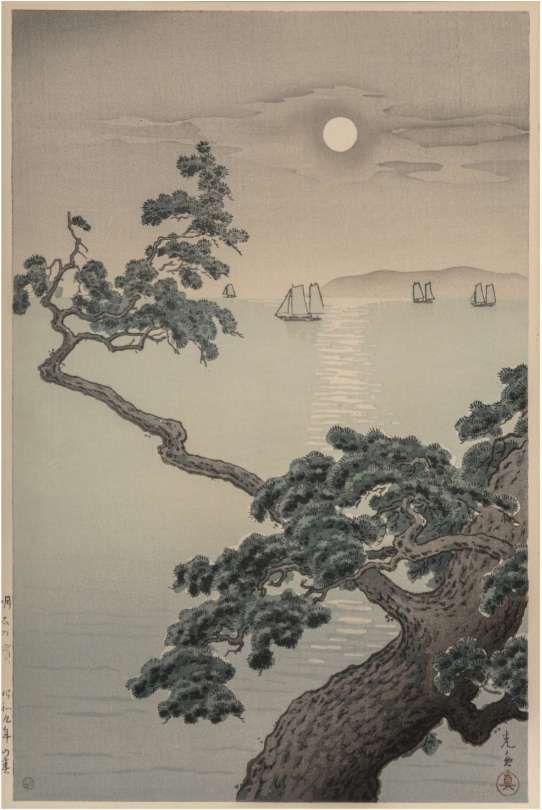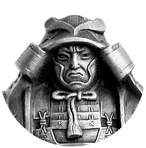Dojo
Samurai Philosophy
-
The samurai came to his favorite place, the park of his ancestors. Here, great nature, the universal source of life, was serene and constantly looked after by people who appreciated her beauty and simplicity. The people who took care of the park were completely unnoticeable and only served to highlight the natural beauty. They cleared away the dry leaves but left some behind to form a multicolored carpet thus making it look more natural and recalling the relentless pace of time. The rich smell of withered leaves gave the park the additional charm of an antiquity that is constantly renewing itself; a reminder that everything eventually turns into something else, like scattered dry leaves revealing delicate spring flowers. When nothing is excessive, true beauty is born.

The samurai’s ancestors had contemplated the park’s beauty for centuries. This, combined with the great simplicity and justice of life highlighted by the skilful hands of aesthete warriors and poets, harmoniously reflected every aspect of life and the universe. Strangely enough, even the hustle and bustle of the outside world did not enter the park. Even the relentless force of time, as if tired of its petty daily responsibilities, tried to linger there, becoming slower, more tangible and more pronounced.
Everyone who visited the park could sense it. The samurai’s consciousness became calm and balanced. Sometimes, in sudden flashes of satori , he would see the dazzling variety of reality and how they harmonized with the universe. During snowstorms, snowflakes fell slowly and gracefully, as though they were frozen in mid-air. The wind, like a mischievous child, was too shy to do anything but billow through the park, taking revenge on the tree-lined mountains surrounding it.
One day, the samurai was strolling along the old stone path, enjoying all of nature’s creations and appreciating his ancestors who had put together such a unique and mysterious ensemble. As usual, he started by heading towards the sacred oak grove that protected the park from the cold northern winds in winter and was inhabited by kami, the keepers of the clan.
The majestic, sturdy trees seemed to embody the connection between the ancestors’ world rooted deep in the earth, and the Tree of Life that nourishes them.
A little further, a crystalline stream of water was slowly and sweetly gurgling along the path. During the day, it reflected the sun’s rays, and at night, it was illuminated by the moon. Its gentle but endless current was a metaphor for life. Carps of various colors were gliding in small pools of water, signifying the lust for life. Somehow, their ancestors were able to fight the rapids and travel upstream to a creek that the kami had connected to a small lake using the roots of the great oaks and settled there. No one disturbed those beautiful creatures as they swayed through the water, their scales shimmering, like thoughtful Buddhas who had found tranquility in their earthly lifetime. The visitor lingered and watched a fascinating old carp, the pride of the park. It swam slowly, like an old king, and was a rare white color with a round red spot on its spine just below the head – a special sign of destiny. It was said that it was hundreds of years old and remembered everyone who had ever visited, the living as well as the dead.
The water of the lake reflected the sky’s changing hues. On a calm morning, the rising sun turned it scarlet, and the white heron flying overhead would become tinted by its glow. The sunlight and breeze created an intricate combination of bright red and baby blue which sparkled with gold and a kaleidoscope of other shades. In the afternoon, the water turned into a mirror, and the clouds, those eternal sky travelers, swam in it. At night, mysterious stars gazed at their reflection in the lake’s surface until sunrise when they faded into their Nirvana. Or were they hiding in the water’s depths?.. read further in the bookBack to the Blog
This is part of a chapter from Samurai: Legend by A. R. Berg

